For almost 60 years, whatever the political weather, Russia and Britain have maintained mutually assured respect as far as ballet is concerned. In October 1956, the Soviet Union finally allowed its Bolshoi troupe to appear in the west, in London, a state cultural exchange that should have entailed the debut of the comparatively green Sadler’s Wells Ballet in Russia within weeks. Owing to the inconvenient appearance of Soviet tanks in rebellious Hungary, it wasn’t until 1961 that the renamed Royal Ballet turned up in Moscow. (Khrushchev gushed admiringly, ‘Look at those girls — they might be Russian!’)
I looked up The Spectator’s October 1956 review of that Bolshoi debut: some things really haven’t changed. A.V. Coton singled out the ‘emotional forcefulness’ of a presentational style that prized sheer dancing excellence above matters such as sophisticated choreography or production subtlety (the priorities of Diaghilev’s emigrant renegades, the Ballets Russes, which UK ballet embraced). ‘The surviving 19th-century ballets are regarded with respectful affection, they are seen as heroic testing pieces for the highest range of ballerina talent,’ wrote Coton. ‘It is, in fact, the dancing per se that is the glory and splendour of these ballets; the dancers are products of a system more detailed, more thought out, more comprehensively taught, than any of our systems.’
True, at the time. But the brain drain of great dancers was one-way: from Russia westwards, desperate to breathe more creative air, their minds stultified by so limited a repertoire and pernickety an outlook. From Nureyev, the first in 1961, to the Bolshoi’s own wunderkinder Natalia Osipova and Ivan Vasiliev five years ago, the narrative remains that the Russian taste for endlessly repainting its icons produces museum artefacts. It was Osipova and Vasiliev’s hurricane-force high spirits and divine athletic brilliance that resurrected the Bolshoi’s declining reputation in Britain nearly a decade ago, above all in Don Quixote, Petipa’s 1869 ‘Spanish-style’ extravaganza for Moscow, surely the Bolshoi’s calling card abroad.
No Osipova now. She’s with the Royal Ballet. And watching the Bolshoi open its diamond jubilee tour at Covent Garden with Don Quixote in sunny new designs, something else struck me. In 1956 the Russian dancers captivated British watchers with their irresistible individuality and variousness — they defied all presumptions about cookie-cutter Soviet conformists. Yet now the solo dancers on opening night looked stylistically conformist and even oddly depersonalised, by comparison with the delightfully natural, lovable corps de ballet, who brightened the stage every time they set off in another rattle of boots and heels.
It’s as if a superconscious stylistic template locks on now in the higher ranks of Russian ballet. The ballerinas were dark, highly polished glamourpusses, astonishing in dancing virtuosity and flexibility, while the leading men were long-legged, model-handsome nobles with splendid hair. Certainly Russia can call on a vast gene pool of willowy physiques, but there was too much over-refined, willowy solo dancing for me to feel seduced — Don Q is a people’s comedy, Kitri is a publican’s daughter, her Basilio a lazy, impoverished barber, and we want derring-do and the glowing dishevelment of young love in 30-degree heat.
Well, people who live in glasshouses shouldn’t throw stones, and the less said about the Royal Ballet’s own Don Q production (Carlos Acosta’s) the better. But I was particularly disappointed because that glorious young lyricist Olga Smirnova was dancing Kitri the night I went. Now 24, Smirnova has had lousy press from sections of the Russian public for being fast-tracked by the controversial former Bolshoi ballet director Sergei Filin, who was maimed with acid for supposedly not picking the right ballerinas. The mixed UK reviews for her Kitri won’t have heartened her. I agree with other critics that she looked as if she were hardening herself to join a competition between flaunting minxes, which Anna Tikhomirova’s Streetdancer and Yulia Stepanova’s Queen of the Dryads probably won, if you like that sort of thing.
But then on Friday Smirnova danced Swan Lake and we were bathed in the sweetest poetry, the sort of wonder that A.V. Coton wrote of when he saw Galina Ulanova on that 1956 debut: ‘Her lightness conceals disciplined strength, her movement is never forced, hard or obvious; she flows into and out of the dance phrases as artlessly and beautifully as a bird flies or a fish swims.’ That was Smirnova’s Odette. Despite the ponderous efforts by Yuri Grigorovich’s production to replace the story’s supernaturalism with psychology, the young ballerina invoked with her partner Denis Rodkin an intimacy of storytelling deflatingly absent from their Don Q, in which both had looked as if performing for mirrors.
As long as there is dancing like this —Smirnova’s exquisite poetry, Rodkin’s perfect partnering — there will be productions like this. How ironic that Russia’s great Bolshoi and Mariinsky companies have two heavily adulterated Swan Lake productions — the British versions are far superior. We need to see the new ‘authentic’ choreographic remastering of Swan Lake that the Bolshoi’s former director Alexei Ratmansky unveiled in Zurich in February, trying to scrub the 20th and 21st centuries off the Russian swans’ heavily encrusted feathers.
The post Poetry in motion appeared first on The Spectator.
Got something to add? Join the discussion and comment below.
Get 10 issues for just $10
Subscribe to The Spectator Australia today for the next 10 magazine issues, plus full online access, for just $10.
You might disagree with half of it, but you’ll enjoy reading all of it. Try your first month for free, then just $2 a week for the remainder of your first year.

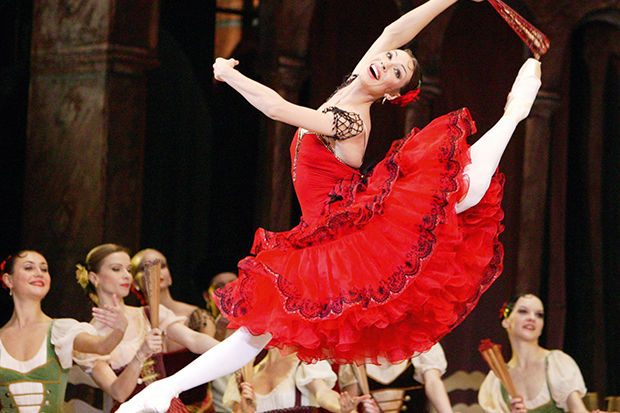
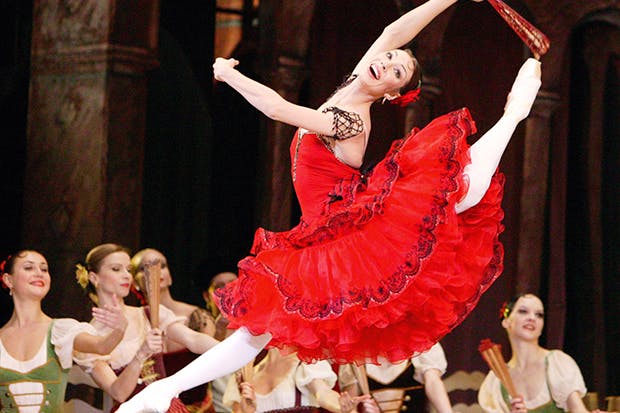
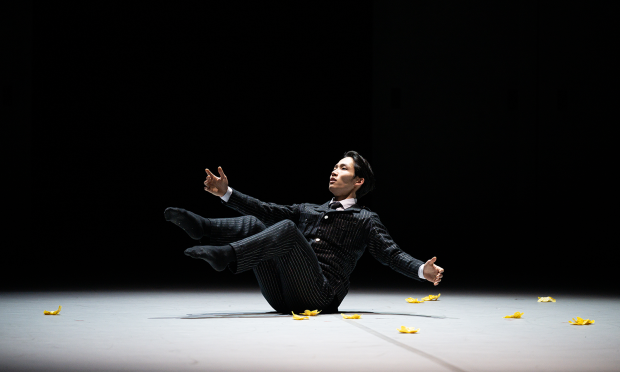
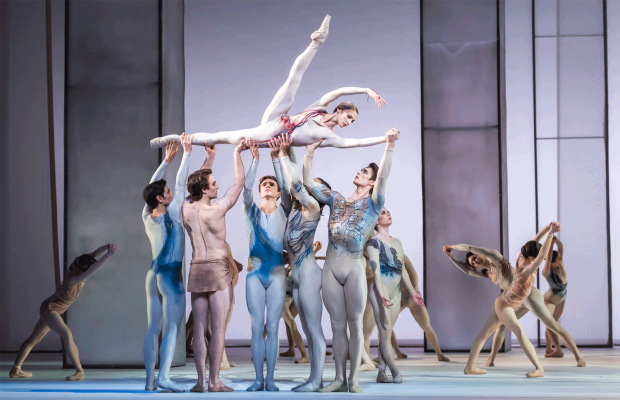

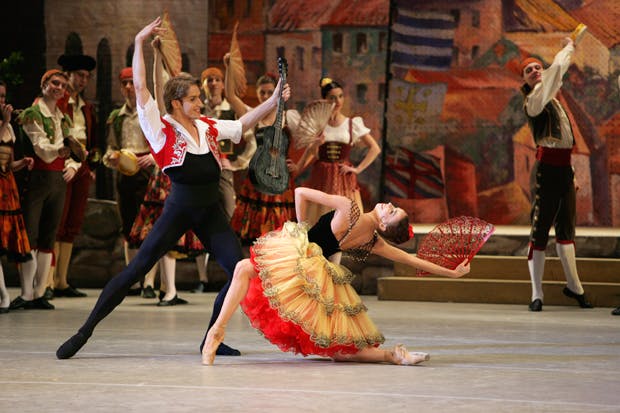
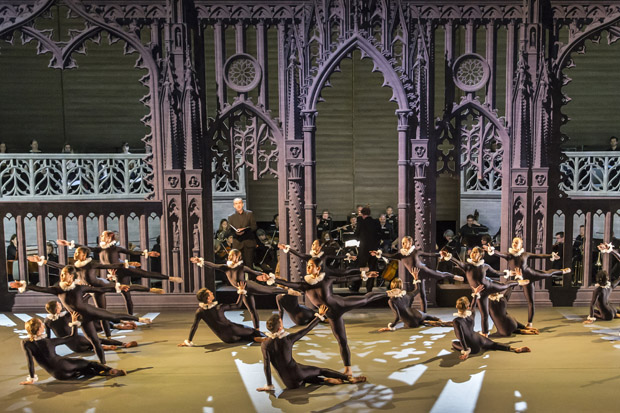






Comments
Don't miss out
Join the conversation with other Spectator Australia readers. Subscribe to leave a comment.
SUBSCRIBEAlready a subscriber? Log in